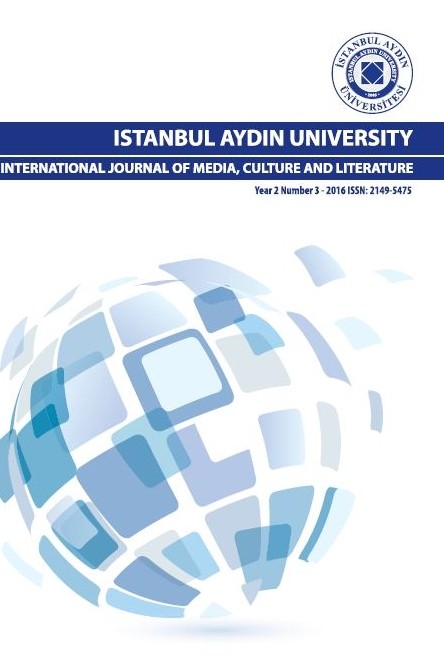Structures of the World; Human Rights and Equality through Archetypes in Lord of the Flies
Structures of the World; Human Rights and Equality through Archetypes in Lord of the Flies
The world as a whole is already full of corruptions, especially when looking at the human rights and equality. From birth till death, people teach generations what is right and what is wrong, but never ask what’s really right or wrong, without depending on standardizations. What is meant here is, that when a child is born, his family teaches the child rights and wrongs and let him live with the principles he learns for the rest of his life. Then, the society even decides what his or her religion is going to be. These standardizations or stereotypes appear as ‘archetypes’ from the time of Plato to this century. While these archetypes can change from time to time, they also become the representatives of human beings that shows the characterizations of every single people with their types. This is exactly what Lord of the Flies tries to show; relationships of the children who seem innocent, but act according to what they’ve learned from their societies. A group of children land on an island by force because of a plane crash and they find a conch. They use it to build a parliament and they try to maintain equality while giving all of them the right to talk, choose and live freely which is exactly the same that they’ve learned from their parents and the world they live in. The problem is, after sometime they forget about this equality and start to fight for power.
___
- Golding, William, (2011). Lord of the Flies, print.
- Jung, Carl G., (1968). The Archetypes and the Collective Unconscious, vol. 9, part 1, 2nd ed. Princeton University Press, print, copy.
- Leitch, Vincent B., ed., (2010). Northrop Frye, The Archetypes of Literature, pp. 1304-1315, The Norton Anthology of Theory and Criticism, 2nd ed., print.
- Nietzsche, Friedrich, (1968). The Will to Power: a New Trans. Edited by Walter Arnold. Kaufmann, Vintage Books ed., Random House, Inc., print, copy.
- Orwell, George, (2017). .Animal Farm, 49. Ed., print.
- Rosenberg, Bruce A. “LORD OF THE FIRE-FLIES.” The Centennial Review, vol. 11, no. 1, 1967, pp. 128–139. JSTOR, JSTOR, www.jstor.org/stable/23738004.
- Rushdie, Salman, (2000). Midnight’s Children, print.
- Said, Edward, (2016). Orientalism, 9. Ed., print.
- Williamson, Eugene, (1985). “PLATO'S ‘EIDOS’ AND THE ARCHETYPES OF JUNG AND FRYE.” Interpretations, vol. 16, no. 1, 1985, pp. 94–104. JSTOR, JSTOR, print, www.jstor.org/stable/43797850, Dec. 12, 2018.
- Williams, Patrick and Laura Chrisman, eds., (2010), Colonial Discourse and Post-Colonial Theory, A Reader, Gayatri Chakravorty Spivak, Can the Subaltern Speak?, web., pdf. http://planetarities.web.unc.edu/files/2015/01/spivak-subaltern-speak.pdf. 18 November 2018.
- ISSN: 2149-5475
- Başlangıç: 2015
- Yayıncı: İstanbul Aydın Üniversitesi
